Beyond 16 Inputs, Part 2

In Part 1 of this post we covered the expansion of a personal mixing system beyond the basic 16 inputs using multiple analog input modules for the input sources. Going beyond 16 input sources allows you to keep more content in stereo, and that can help you create more realistic monitor mixes on stage or in the studio.
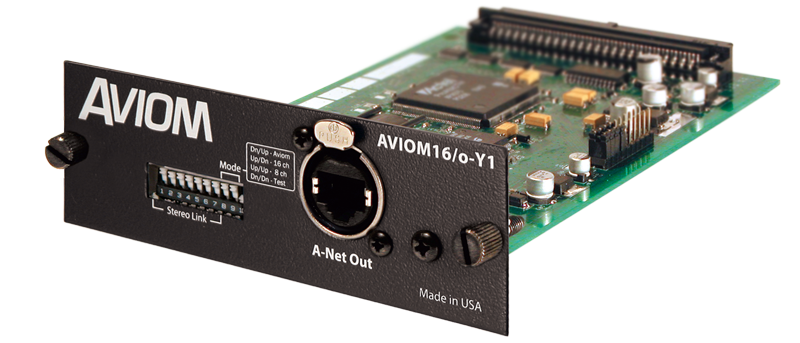 If you use a digital mixing console that uses optional console cards to output Aviom’s A-Net protocol for a personal mixing system, expanding the total input count may be as simple as adding a second expansion card. Console cards for Yamaha digital products are available from Aviom as well as from our product partners who build console cards for their products using Aviom’s A-Net technology.
If you use a digital mixing console that uses optional console cards to output Aviom’s A-Net protocol for a personal mixing system, expanding the total input count may be as simple as adding a second expansion card. Console cards for Yamaha digital products are available from Aviom as well as from our product partners who build console cards for their products using Aviom’s A-Net technology.
Like analog input modules, Pro16 console cards are also built in 16-channel increments, so that means that a network can use a maximum of four cards in a digital console for a total of 64 input sources (at 44.1/48kHz). Check with your console manufacturer to find out how many console cards each model can support. Once you have more input sources in your network, setting channels as stereo pairs will make them appear on a single mix channel button on the A320 and A360.
Multiple Console Cards
If you install multiple console cards in your digital console, what you end up with is a situation where you have up to four Cat-5 cables, each with its own separate 16-channel A-Net output. These individual A-Net outputs need to be merged into a single stream of Pro16e A-Net data so that they can be used by A320 and A360 Personal Mixers.
There are two ways to merge up to four separate A-Net streams into one:
- The D800 and D800-Dante A-Net Distributor have an A-Net Bridge input that can accept up to four card’s A-Net outputs with the help of the SB4 System Bridge.
- The AN-16/i v.2 Input Module can merge one console card’s A-Net output. (covered in Part 3)

Merging A-Net Cards with a D800
The SB4 System Bridge has four A-Net jacks on its rear panel; each can support one console card A-Net output (note that they must be from the same clock domain). The labels indicate which network channels each card’s data will be assigned to: 1-16, 17-32, 33-48, or 49-64.
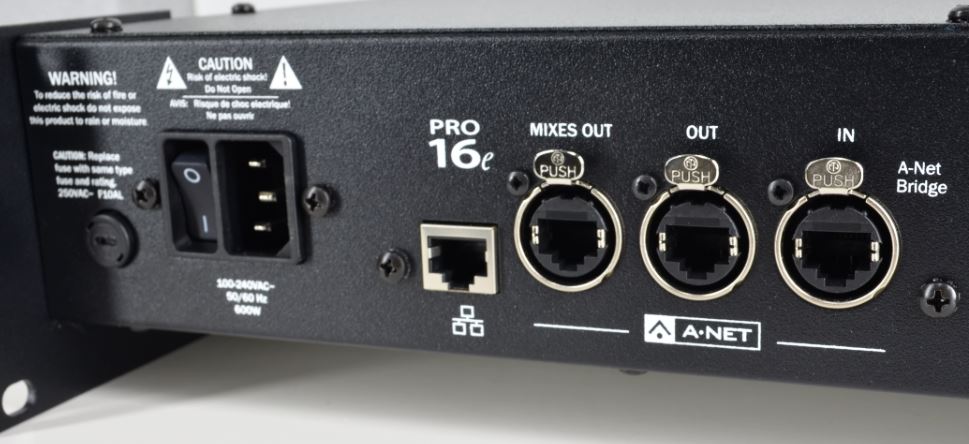
The Cat-5 A-Net Bridge jack on the SB4 front panel outputs all the data from the console cards connected to its rear panel jacks on one Cat-5 cable. Connect this to the A-Net Bridge input on the D800 (or the D800-Dante set to use its A-Net input rather than the Dante input). The D800 merges the data and sends the unified Pro16e data stream out of its eight front-panel A-Net ports. Now the A320 and A360 Personal Mixers can make use of the increased network channel count. (Legacy A-16II Personal Mixers can be used, too, but they can only make use of channels 1-16. All other network channels remain invisible to them.)
More Options
But sometimes installing a second console card is not an option. In Part 3, we’ll cover using a combination of a console card along with an analog input module to expand a network’s input sources.

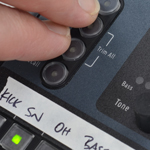
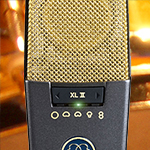
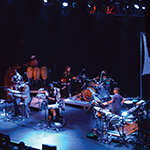
2 Replies
Trackback • Comments RSS
Sites That Link to this Post